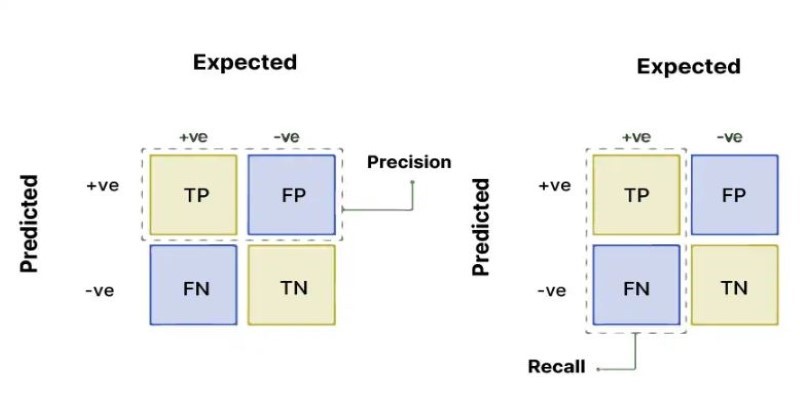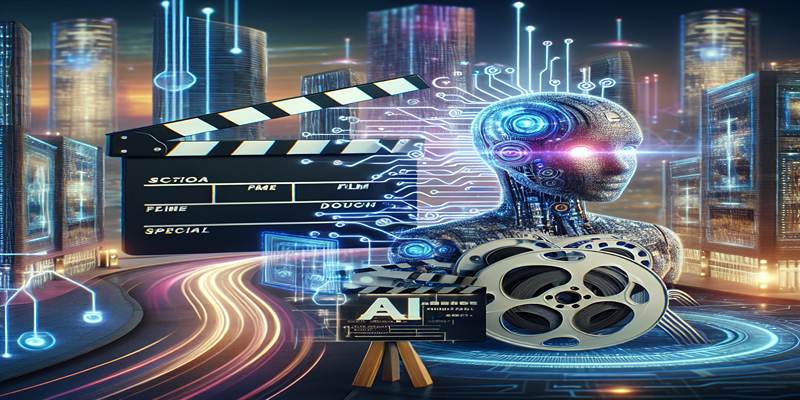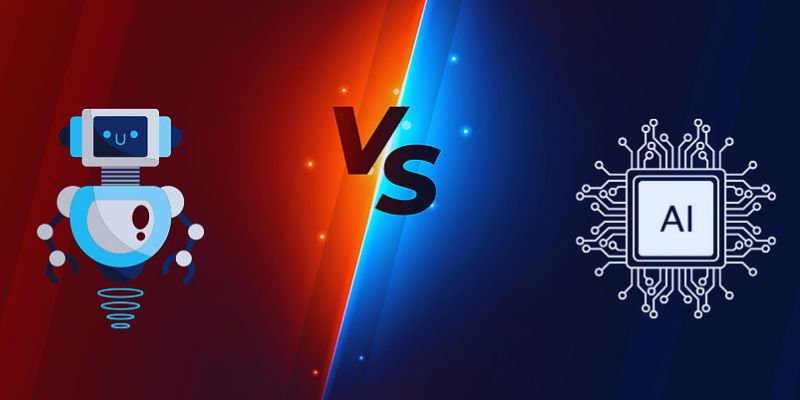Though it is not flawless, generative artificial intelligence produces material quickly. It offers a first draft, not the final one. Professionals, including designers, writers, and artists, use artificial intelligence to find inspiration and time savings. However, content produced by artificial intelligence sometimes requires editing and enhancement. It could lack tone, accuracy, or inventiveness. Users have to improve AI drafts through their refining AI assists; human input guarantees quality.
Although many businesses now employ artificial intelligence, human monitoring is still necessary. Though mistakes happen, artificial intelligence can create text, graphics, and code. Knowing AI's influence enables consumers to receive the best outcomes. This guide investigates why material produced by artificial intelligence is only a beginning. It clarifies AI's advantages, drawbacks, and requirements of human modification.

AI Generates Content Quickly but Lacks Depth
Artificial intelligence produces content rapidly but lacks depth generative. Though artificial intelligence generates text quickly, the quality is not always perfect. It develops replies depending on trends by extracting knowledge from big databases. However, artificial intelligence lacks emotional intelligence and thorough understanding. It does not approach knowledge like a human does. Content created with artificial intelligence may seem formulaic, repetitious, or shallow. It could generate false or misleading information depending on past data patterns.
Since artificial intelligence lacks human knowledge, its materials seem generic or indifferent. AI might also struggle with context and fail to change to fit certain audience requirements. AI is great for writing; nevertheless, human involvement is necessary to improve and polish its output. AI-generated content might overlook important information or have contradictions without human review. Users should look for accuracy, coherence, and general readability in AI-generated documents. Editing guarantees correctness, originality, and relevance. However, it is a helpful tool; artificial intelligence calls for control and improvement.
AI Struggles with Creativity and Emotion
Although artificial intelligence follows pre-existing patterns, it lacks true creative ability. It generates no new ideas independently; it forecasts words and structures depending on historical data. Human emotions, viewpoints, and experiences define creativity; artificial intelligence lacks these. Content created by artificial intelligence could seem formulaic, repetitious, or devoid of artistic complexity. It doesn't entirely convey the nuances of poetry, emotional expression, or narrative technique. Although artificial intelligence may produce coherent language, it cannot create original stories.
AI cannot mimic human creativity; it consists of spontaneity, inspiration, and great emotional connection. Though artificial intelligence could help with idea generation or improvement suggestions, the creative core has to come from people. Artists and writers must improve AI drafts by integrating their voice, authenticity, and personal touch. Though it cannot replace human expression, artificial intelligence is an effective helper. AI lacks the heart needed for a good story or work of writing.

AI Content Needs Fact-Checking and Refinement
Though it gathers data from many sources, artificial intelligence does not do fact-checking. It responds not in truth but rather depending on data trends. AI can thus create false, out-of-date, or misleading material. Reliable and faulty sources are not something artificial intelligence knows. It is unable to evaluate material critically. Users thus have to fact-check AI-generated material before publishing or sharing it. AI can offer summaries; human supervision guarantees accuracy and credibility. Deep knowledge is typically required in complex topics, and artificial intelligence could find it difficult to offer subtle insights.
It could provide evasive or too-simple responses instead of thorough justifications. Professionals must perfect AI-generated manuscripts to improve clarity, correctness, and structure. Editing guarantees that the output satisfies high standards and increases coherence. While artificial intelligence is helpful for rapid research, human confirmation is necessary to prevent the dissemination of false information. Reliable sources, rigorous assessment, and professional analysis—which AI cannot offer—define trustworthy information.
AI Lacks Personalization and Context
Though it generates language based on facts, artificial intelligence does not completely understand context. It ignores audience demography, feelings, or cultural quirks. Engaging readers depends on personalizing, although artificial intelligence finds it difficult to adapt material properly. Artificial intelligence texts sometimes lack human relatability, warmth, and complexity. It could sound mechanical or unduly general. Content gains appeal from humans, adding personality, tone, and context. AI cannot change writing for various readers without a particular direction.
It also misses irony, cultural allusions, and comedy. While context impacts good communication, artificial intelligence struggles to understand real-world complexities. Users must polish AI creations to be relevant and meaningful. The finest material seems natural, interesting, and fit for its intended readership. While artificial intelligence helps generate ideas, people form emotional relationships. Personalizing improves impact and readability, guaranteeing the resonance of the message. Though artificial intelligence is a great tool, human involvement turns generic material into a meaningful experience.
AI is a Tool, Not a Replacement for Humans
Although artificial intelligence aids many sectors, human knowledge cannot be replaced. It lacks critical thinking yet accelerates design, content generation, and analysis. It also lacks ethics, opinions, and logical ability. It cannot make moral or deeper understanding-based independent decisions. Although it handles repetitious work, artificial intelligence does not guarantee quality. It helps experts define, enhance, and add value to AI-generated work, which depends on humans. For first drafts, artificial intelligence is great; human supervision ensures originality and accuracy.
Artificial intelligence is used in many sectors, but human judgment is still vital. Human creativity, experience, and intuition help AI be most effective. Knowing the limits of artificial intelligence helps consumers to maximize it. Though it might simplify tasks, artificial intelligence cannot replace human wisdom. It is not an expert; it is rather an assistance. The best material comes from artificial intelligence efficiency and human excellence. Humans add to AI-generated content meaning, direction, and actual intelligence.
Conclusion:
Although it requires human adjustment, AI-generated content offers speed and ease. AI lacks depth, imagination, and personal touch, even if it can help with drafting. Without control, it cannot grasp accuracy, context, or feelings. Editing, fact-checking, and personalizing guarantee excellent material. Though human contribution improves creativity and involvement, artificial intelligence is useful. Professionals have to polish AI prototypes if they are to remain credible and relevant. Artificial intelligence streamlines content development even though it cannot replace human creativity or critical thinking. Combining artificial intelligence efficiency with human experience produces the greatest outcomes.










